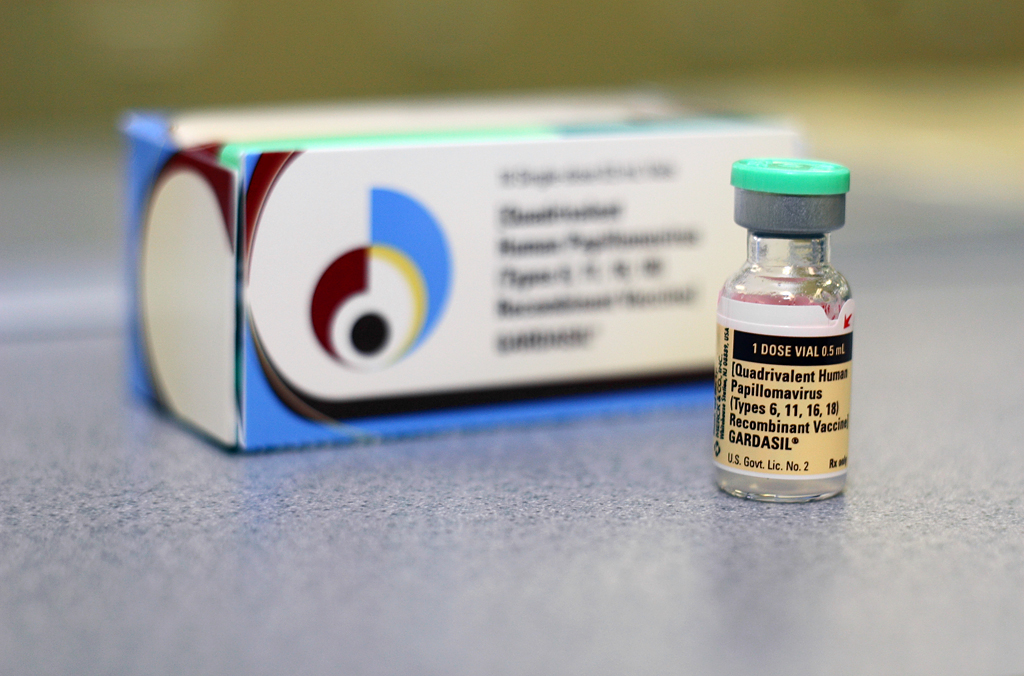
In fact, the Waking Times recently outlined 25 solid reasons people should steer clear of the jab, inspired by a video produced by Robert F. Kennedy Jr. and Children’s Health Defense. Here is a look at 12 science-based reasons to opt out of this vaccine.
Risks vs benefits
1. Yearly deaths from cervical cancer in America are 2.3 per 100,000. The death rate for Gardasil clinical trials, meanwhile, was 85 per 100,000. Does it make any sense to get a vaccine whose death rate is 37 times that of the disease it aims to prevent?
2. It won’t do much to help those who have already been exposed to HPV. In Gardasil clinical trials, the women who had evidence of current HPV infections or past exposure to the virus experienced a 44 percent higher risk of developing either cervical lesions or cancer after getting the shot.
3. The package insert of the vaccine, which most patients will never see, states that women are 100 times more likely to experience a severe adverse event after vaccination than they are to develop cervical cancer.
4. Even if it does prevent cervical cancer, people’s chances of getting an autoimmune disease from the shot are 1,000 times higher that their odds of being saved from dying of cervical cancer.
5. It can give people a false sense of security. Women who get Gardasil in their teenage or preteen years are more likely to skip their cervical cancer screenings when they are adults. People assume the vaccine will eliminate all risks, which isn’t the case, and it may make them more likely to engage in risky sexual behavior.
Fertility issues
6. This vaccine isn’t a good idea for women who hope to have children one day as evidence shows it can negatively impact fertility by way of premature ovarian failure and miscarriage.
7. Although the vaccine was never tested for its effects on fertility by manufacturer Merck, clinical trials of Gardasil and Gardasil 9 showed spontaneous miscarriage rates of 25 and 27.4 percent respectively, which is far higher than the background rate range of 10 to 15 percent for women of reproductive age.
8. Its ingredients are also suspect, with both sodium borate and polysorbate 80 linked to infertility in animals.
9. Gardasil’s adjuvant contain aluminum, which has been linked to problems like behavioral abnormalities, autism, dementia, Parkinson’s disease and Alzheimer’s disease.
Testing issues
10. The drug was approved in the first place based on very questionable evidence and testing procedures. For example, although placebos are supposed to be inert substances that resemble whatever is being tested, Merck chose to use a neurotoxic aluminum adjuvant, AAHS, rather than a saline placebo.
11. In their tests, women who got both the vaccine and the AAHS “placebo” experienced conditions that indicate autoimmune disorders shortly after being given the shot.
12. When the second formulation of the vaccine, Gardasil 9, was being tested, Merck used the first Gardasil as the placebo rather than something inert. This doesn’t allow for a fair comparison. The World Health Organization has said that using vaccines as placebos is methodologically disadvantageous and makes it difficult or even impossible to assess a vaccine’s true safety.
The truth is that just one of these reasons would be enough to make you run in the opposite direction of this vaccine. We’ve just given you 12, and even that is only part of the list. Regardless of your opinion on vaccination in general, the Gardasil vaccine is one that you should investigate very seriously before your child suffers irreversible harm.
Sources for this article include:
Please contact us for more information.




















